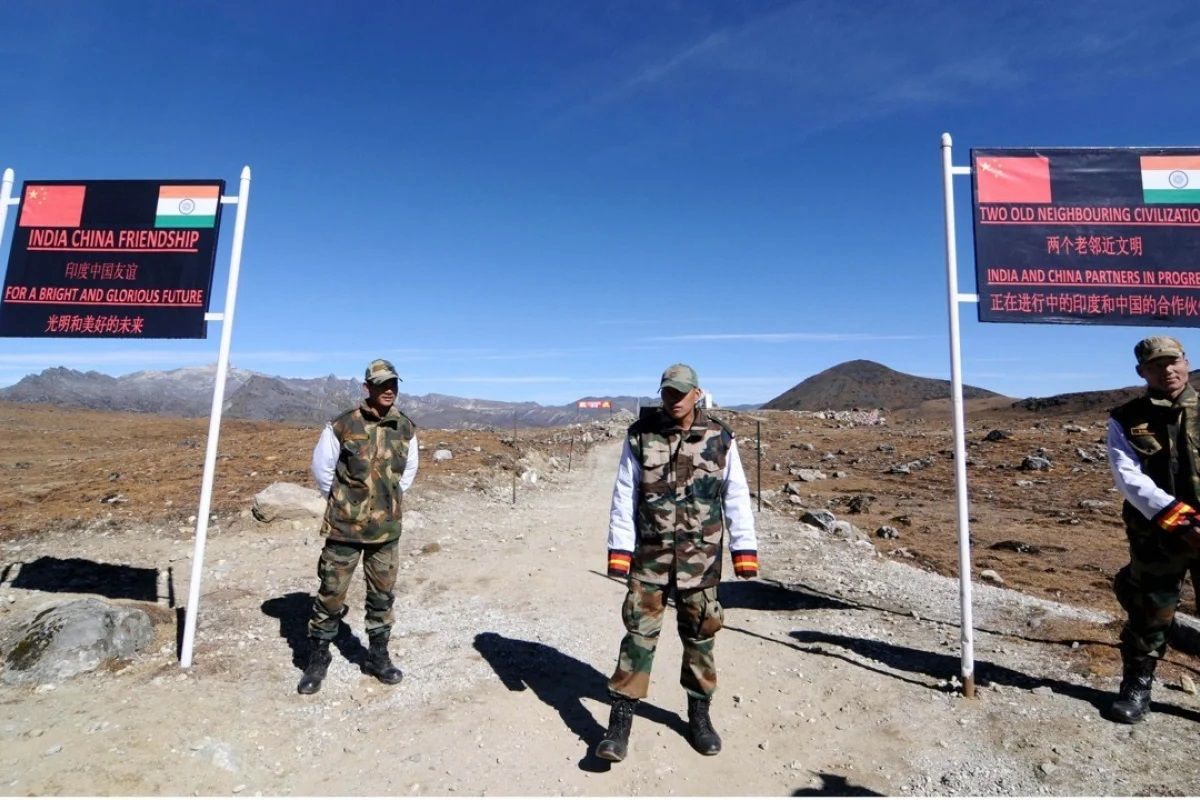India, it appears, has finally learnt some lessons from the 1962 border war with China. Even as New Delhi engages with Beijing and continues border talks to look for a negotiated resolution to the territorial disputes with its northern neighbour, it is keeping its powder dry. Union Minister of State for Defence Ajay Bhatt told the Lok Sabha a few days ago that India has built 2,088 km of roads in areas bordering China over the past five years at a cost to the exchequer of Rs 15,477 crore. It is money well spent. To give credit where it is due, the effort to develop border infrastructure including roads, bridges tunnels, landing pads, and runways started under Prime Minister Narasimha Rao in the early 1990s, was carried forward by the AB Vajpayee and Manmohan Singh administrations, and has been taken to its logical conclusion by the Narendra Modi government.
What is pertinent to note, however, is that the current dispensation has not only doubled down on enhancing physical infrastructure in border regions but has focussed on establishing, populating and developing villages there too. The Vibrant Villages Programme announced in the 2022-23 Budget as a response to China’s border consolidation project has already been commented upon in these columns. Additionally, there have been policy tweaks to ensure these works carry on unhindered. The Centre has already notified amendments to Environmental Impact Assessment (EIA) rules wherein projects related to defence and/or of strategic importance within 100 km of the Line of Actual Control (LAC) or the international border with China are exempt from environmental clearance requirements. The plan to establish a dedicated agency for infrastructure management is in its final stages of preparation.
Advertisement
And in what could be a game-changer if the internal security aspect is handled well, New Delhi aims to promote tourism in border areas to boost investments, initiate reverse migration, and underline its active possession of these remote regions. The Pakistan, Bangladesh, and Myanmar borders have also seen some infrastructure development ~ the extent varies depending on the threat perception ~ but China is understandably the focus. Following the June 2020 clashes between Indian and Chinese troops in the Galwan Valley and the ongoing stand-offs in other sectors, the need for effective military capability premised on seamless connectivity from the hinterlands to the border areas is a priority, say defence experts. Even those critical of the government for allegedly taking their eye off the ball and allowing Chinese transgressions into Indian territory are agreed that the Indian response has been robust and a holistic plan is finally being put in place to deal with tactical requirements as well as strategic concerns.
Cross-party unity and civil society support is vital as India prepares to defend its territorial integrity from an expansionist, hegemony-seeking China. Without being alarmist, it must be noted that Beijing has built a bridge over Pangong Lake, plans to construct a new highway along the LAC, has close to 60,000 soldiers in forward deployment, and has given notice of its intent by its intrusions into eastern Ladakh.











